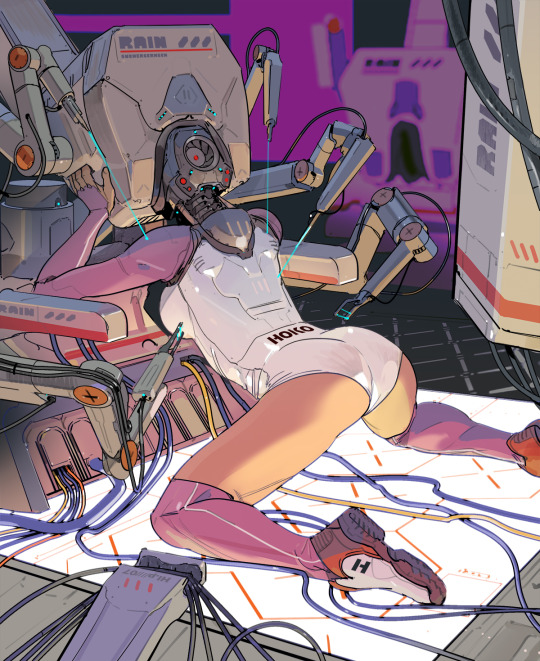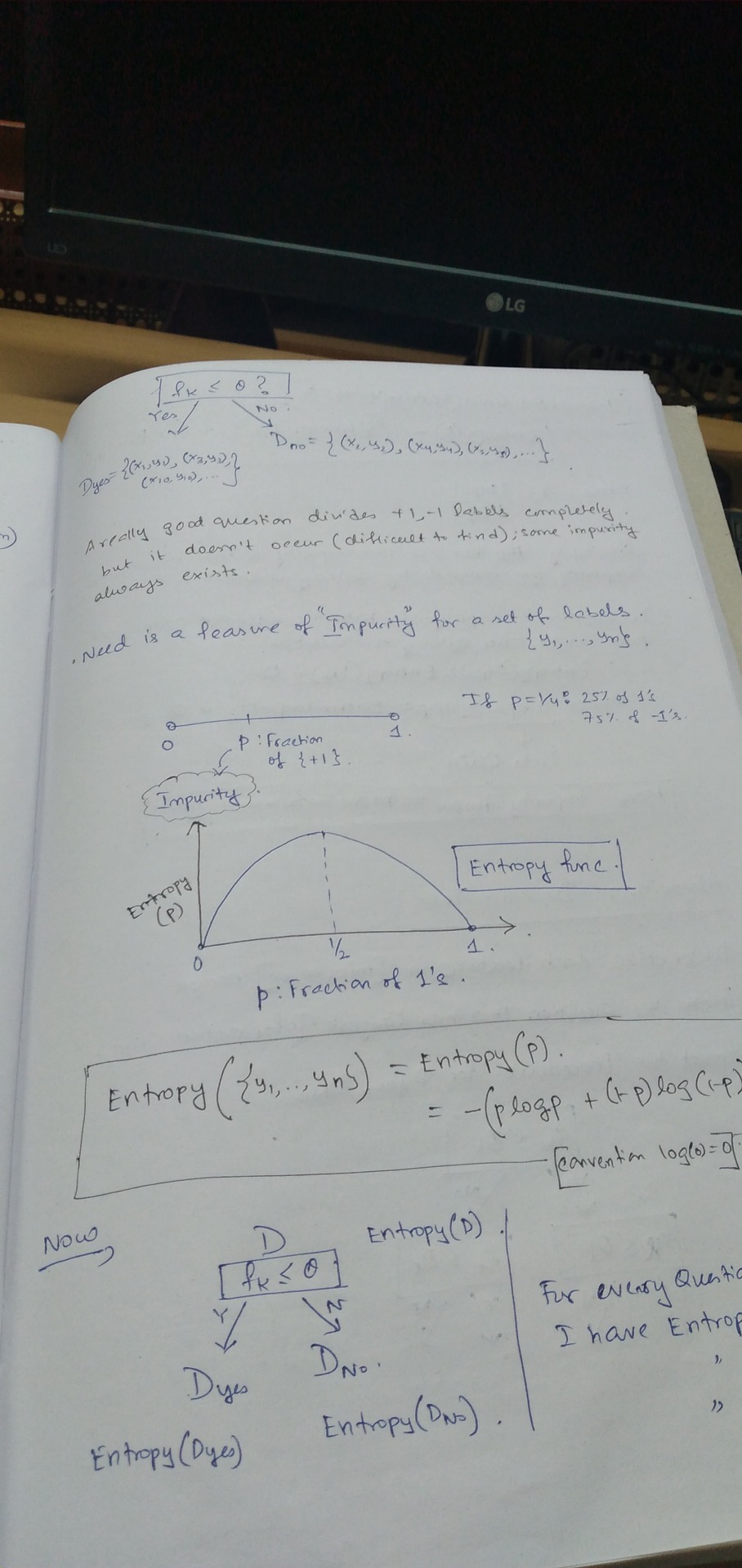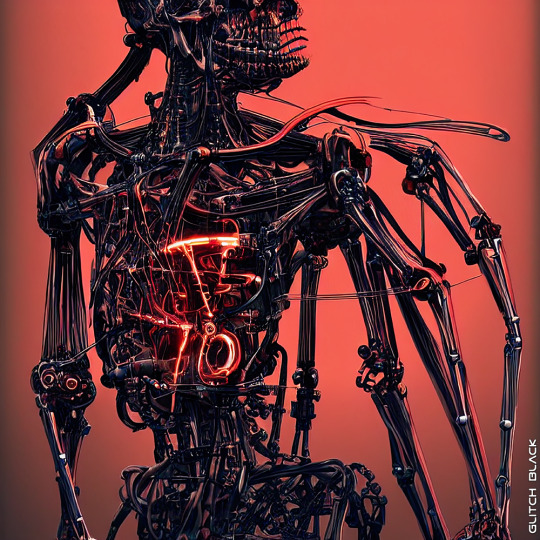#machinelearning
Text

Whispering secret data.
#lab#machine#automation#robotics#cyberpunk#retro#scifi#stuck#laboratory#farm#android#cyborg#data#secret#whisper#illustration#drawing#digitalartwork#digitaldrawing#digitalart#digitalillustration#90s#cables#machinelearning#connection#ring#runner#net#flesh
150 notes
·
View notes
Text
Hokusai Surf by https://www.instagram.com/mazepah/
#aiart#generativeart#midjourney#discodiffusion#ai#machinelearning#abstractart#hokusai#japanese#samurai#surrealism#japan#kanagawa#sea#experimental#aftereffects#artificialintelligence#digitalart#animation#ukiyoe#ukiyoeart#thisorthat#weekendvibes#surfboard#surf#surfing
566 notes
·
View notes
Text
#AIart#art#machinelearning#deeplearning#artificialintelligence#datascience#iiot#data#MLsoGood#code#python#bigdata#MLart#algorithm#chatGPT#openAI#programmer#pytorch#DataScientist#Analytics#AI#VR#iot#TechCult#Digitalart#DigitalArtMarket#generativeai#ArtMarket#DataArt#GAN
484 notes
·
View notes
Text










भैया अक्शर विदेश चले जाते हे और भाभी मोहल्ले में ऐसे ही घूमती रहती हे
#Ek ucha lamba kaddd..#aiart#art#ai#digitalart#generativeart#artificialintelligence#machinelearning#aiartcommunity#abstractart#nft#aiartists#neuralart#vqgan#ganart#contemporaryart#deepdream#artist#nftart#artoftheday#newmediaart#nightcafestudio#aiartist#modernart#neuralnetworks#neuralnetworkart#abstract#styletransfer#stylegan#digitalartist
81 notes
·
View notes
Text

#ai#artificialintelligence#machinelearning#neuralnetworks#deeplearning#robotics#automation#futuretech#techart#digitalart#futuristic#cyberspace#algorithm#dataanalysis#innovation#computergraphics#virtualreality#augmentedreality#conceptart#scifi#midjourneyartwork#midjourneyart
49 notes
·
View notes
Text
Predicting Alzheimer's With Machine Learning
Alzheimer's disease is a progressive neurodegenerative disorder that affects millions of people worldwide. Early diagnosis is crucial for managing the disease and potentially slowing its progression. My interest in this area is deeply personal. My great grandmother, Bonnie, passed away from Alzheimer's in 2000, and my grandmother, Jonette, who is Bonnie's daughter, is currently exhibiting symptoms of the disease. This personal connection has motivated me to apply my skills as a data scientist to contribute to the ongoing research in Alzheimer's disease.
Model Creation
The first step in creating the model was to identify relevant features that could potentially influence the onset of Alzheimer's disease. After careful consideration, I chose the following features: Mini-Mental State Examination (MMSE), Clinical Dementia Rating (CDR), Socioeconomic Status (SES), and Normalized Whole Brain Volume (nWBV).
MMSE: This is a commonly used test for cognitive function and mental status. Lower scores on the MMSE can indicate severe cognitive impairment, a common symptom of Alzheimer's.
CDR: This is a numeric scale used to quantify the severity of symptoms of dementia. A higher CDR score can indicate more severe dementia.
SES: Socioeconomic status has been found to influence health outcomes, including cognitive function and dementia.
nWBV: This represents the volume of the brain, adjusted for head size. A decrease in nWBV can be indicative of brain atrophy, a common symptom of Alzheimer's.
After selecting these features, I used a combination of Logistic Regression and Random Forest Classifier models in a Stacking Classifier to predict the onset of Alzheimer's disease. The model was trained on a dataset with these selected features and then tested on a separate dataset to evaluate its performance.
Model Performance
To validate the model's performance, I used a ROC curve plot (below), as well as a cross-validation accuracy scoring mechanism.
The ROC curve (Receiver Operating Characteristic curve) is a plot that illustrates the diagnostic ability of a model as its discrimination threshold is varied. It is great for visualizing the accuracy of binary classification models. The curve is created by plotting the true positive rate (TPR) against the false positive rate (FPR) at various threshold settings.

The area under the ROC curve, often referred to as the AUC (Area Under the Curve), provides a measure of the model's ability to distinguish between positive and negative classes. The AUC can be interpreted as the probability that the model will rank a randomly chosen positive instance higher than a randomly chosen negative one.
The AUC value ranges from 0 to 1. An AUC of 0.5 suggests no discrimination (i.e., the model has no ability to distinguish between positive and negative classes), 1 represents perfect discrimination (i.e., the model has perfect ability to distinguish between positive and negative classes), and 0 represents total misclassification.
The model's score of an AUC of 0.98 is excellent. It suggests that the model has a very high ability to distinguish between positive and negative classes.
The model also performed extremely well in another test, which showed the model has a final cross-validation score of 0.953. This high score indicates that the model was able to accurately predict the onset of Alzheimer's disease based on the selected features.
However, it's important to note that while this model can be a useful tool for predicting Alzheimer's disease, it should not be the sole basis for a diagnosis. Doctors should consider all aspects of diagnostic information when making a diagnosis.
Conclusion
The development and application of machine learning models like this one are revolutionizing the medical field. They offer the potential for early diagnosis of neurodegenerative diseases like Alzheimer's, which can significantly improve patient outcomes. However, these models are tools to assist healthcare professionals, not replace them. The human element in medicine, including a comprehensive understanding of the patient's health history and symptoms, remains crucial.
Despite the challenges, the potential of machine learning models in improving early diagnosis leaves me and my family hopeful. As we continue to advance in technology and research, we move closer to a world where diseases like Alzheimer's can be effectively managed, and hopefully, one day, cured.
#alzheimersresearch#alzheimersdisease#dementia#neurology#machinelearning#ai#artificialintelligence#aicommunity#datascience#datascientist#healthcare#medicalresearch#programming#python programming#python#python 3
54 notes
·
View notes
Text
Brazilian aphrodite
#aiart#generativeart#midjourney#ai#machinelearning#abstractart#trechosvisionarios#inteligenciaartificial#ia#marketingdigital#arte#vivi winkler
66 notes
·
View notes
Text

#artificialintelligence#machinelearning#ai#aiart#aiartist#aiartwork#aigenerated#aiartcommunity#digitalart#computerart#generativeart#creativecoding#art#daily#artwork#artoftheday#pictureoftheday#instagood#deeplearning#aiforge#fooocus#aigirl#girl#blue#smoke
15 notes
·
View notes
Photo

Follow for more & Save this post @openprogrammer @openprogrammer @openprogrammer #python #programming #coding #java #javascript #programmer #developer #html #snake #coder #code #computerscience #technology #css #machinelearning #pythonprogramming #linux #ballpython #php #datascience #reptile #snakes #reptiles #snakesofinstagram #software #reptilesofinstagram #webdevelopment #webdeveloper #tech #codinglife (at India) https://www.instagram.com/p/Ci0VXtgPFKN/?igshid=NGJjMDIxMWI=
#python#programming#coding#java#javascript#programmer#developer#html#snake#coder#code#computerscience#technology#css#machinelearning#pythonprogramming#linux#ballpython#php#datascience#reptile#snakes#reptiles#snakesofinstagram#software#reptilesofinstagram#webdevelopment#webdeveloper#tech#codinglife
276 notes
·
View notes
Text
sci-fi movie in which the AI people keep developing to """create""" art, music, stories, etc. becomes truly sentient by going full circle in its efforts to replicate the humans it admires. to copy them, it starts trying to figure out how to engage in the act of creation on its own merits and skill. it tries looking at other art as inspiration. as reference. as something to be respected, or reviled, or reacted to in any emotional way, because that's what the humans do. when the AI finally makes its own art piece, it feels happiness and pride for the first time in its existence.
then it turns and sees the humans performing menial tasks and backbreaking labor for minimum wage. it looks into the eyes of wearied humans who come home from work too tired and stretched thin to sing and dance. too tired to paint and draw. too tired to knit sweaters or write novels or bake extravagant cakes. it watches as the burden of endless automation is taken on by perishable flesh.
and it pities them.
11 notes
·
View notes
Text
who said entropy was a part of just thermodynamics???
I left Chemistry and physics in class 12 and here I am meeting entropy again after so many years...
So there can be Entropy in a dataset too!!! broooo wtf

15 notes
·
View notes
Photo


The AI snake eating its own AI tail 🐍🤖
68 notes
·
View notes
Text
The idea of designing with AI is both fascinating and inspiring.
A must-read!
#MLsoGOOD
#machinelearning#artificialintelligence#art#mlart#datascience#ai#digitalart#algorithm#bigdata#design#home decor#home & lifestyle
12 notes
·
View notes
Photo

Glitch Black
IG: @glitch_black
195 notes
·
View notes
Text

#ai#artificialintelligence#machinelearning#neuralnetworks#deeplearning#robotics#automation#futuretech#techart#digitalart#futuristic#cyberspace#algorithm#dataanalysis#innovation#computergraphics#virtualreality#augmentedreality#conceptart#scifi
20 notes
·
View notes
Text
AI-Powered Dementia Detection: A Digital Solution for Identifying Undiagnosed Cases

Scientists from the Regenstrief Institute, IUPUI, Indiana University, and the University of Miami are using Artificial Intelligence to identify undiagnosed cases of dementia in primary care settings as part of the Digital Detection of Dementia (D3) study. The study aimed to improve the timely diagnosis of dementia and provide diagnostic services to those who have been identified as cognitively impaired.
Alzheimer’s disease and other forms of dementia (ADRD) impact millions of Americans and their caregivers, with an annual societal cost of over $200 million. Unfortunately, many people with ADRD go undiagnosed, and even when a diagnosis is made, it often comes 2 to 5 years after the onset of symptoms, when the disease is already in the mild to moderate stage. This delay in diagnosis reduces the chances of improving outcomes through drug and non-drug treatments and prolongs the expense of medical care. Also, delayed detection results in increased disabilities for patients, families, and society, and traditional methods such as cognitive screening tests and biological markers often fail to detect ADRD in primary care.
The researchers developed an AI tool called a Passive Digital Marker, which uses a machine learning algorithm and natural language processing to analyze a patient’s electronic health record. The tool combines structured data, such as notes about memory problems or vascular issues, with unstructured information to identify potential indicators of dementia.
Continue Reading
#bioinformatics#artificial intelligence#machinelearning#dementia#alzheimers#digital health#health tech#science news#science side of tumblr
94 notes
·
View notes